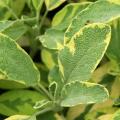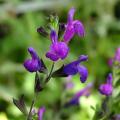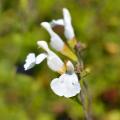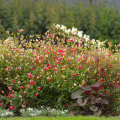Sage shrubs by flower colour, all our special offers
Does this plant fit my garden? Set up your Plantfit profile →
The items for this category will be available shortly. Subscribe to our newsletter to be kept informed.
Haven't found what you were looking for?


































